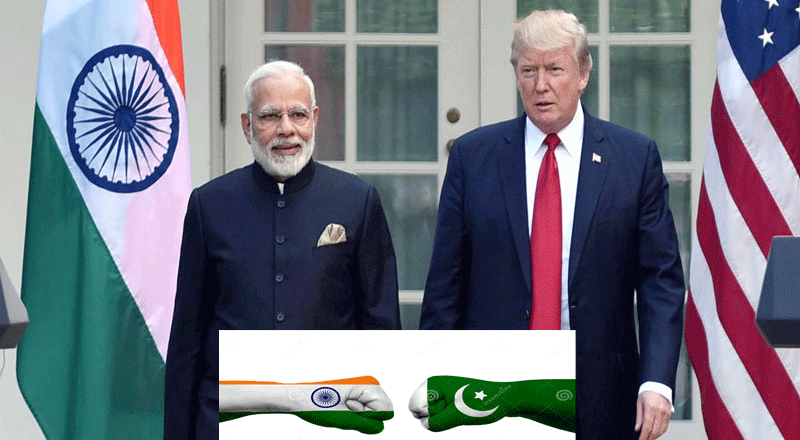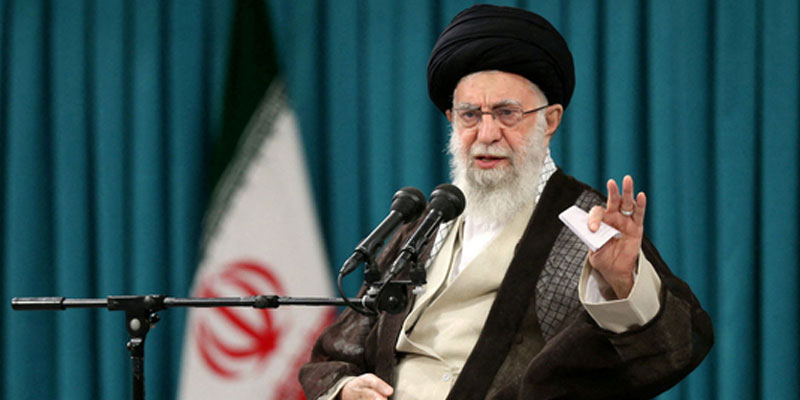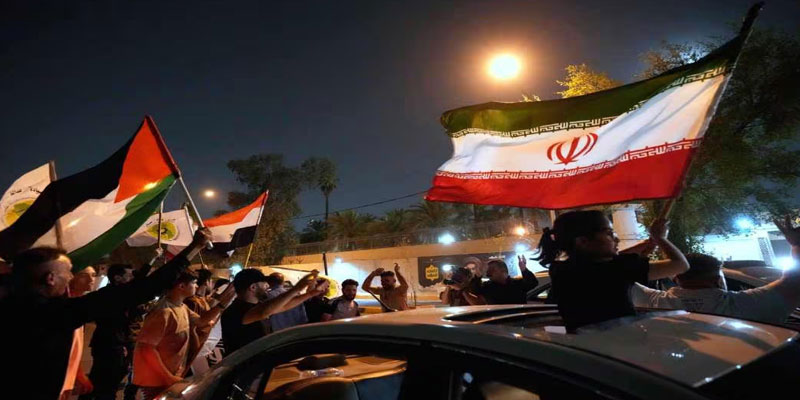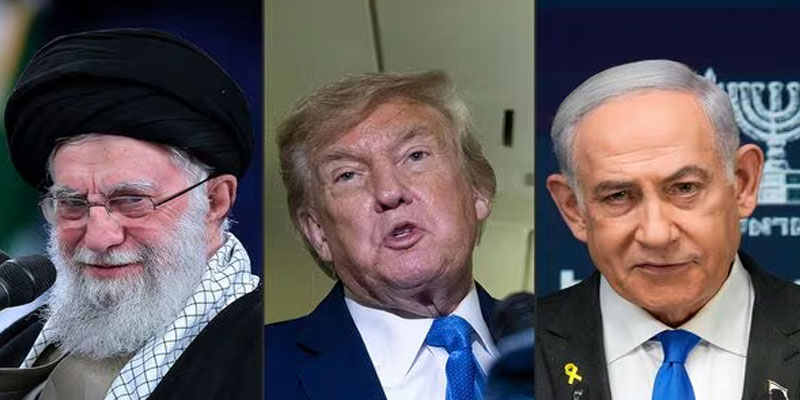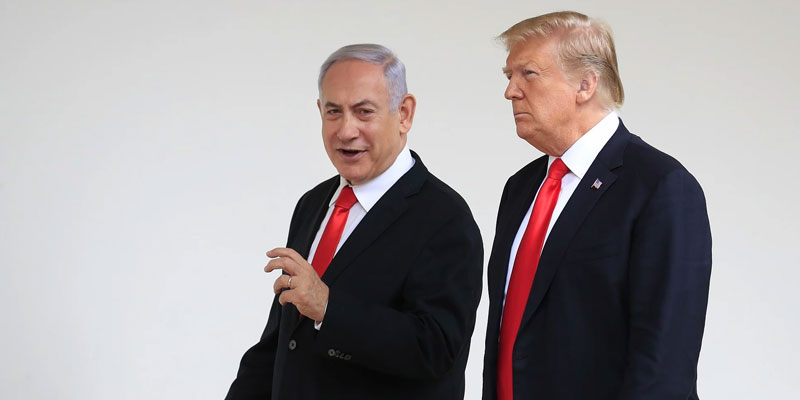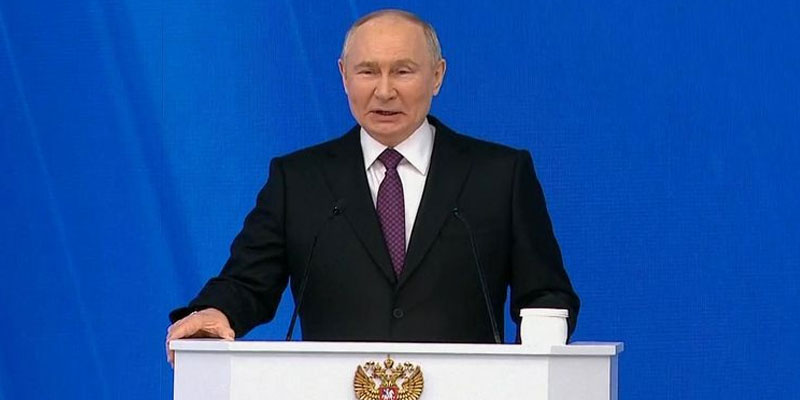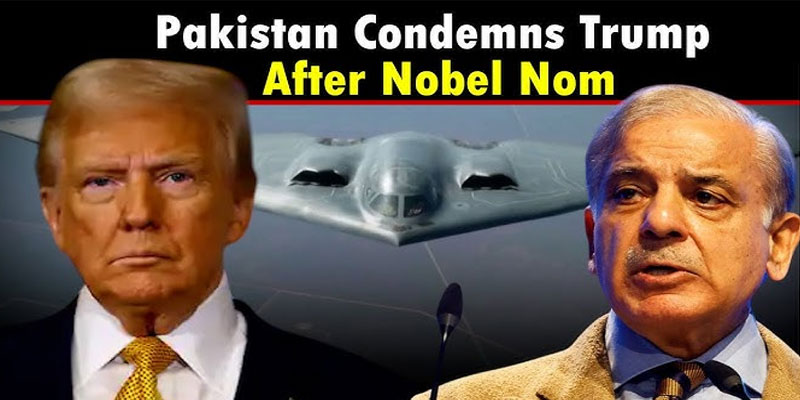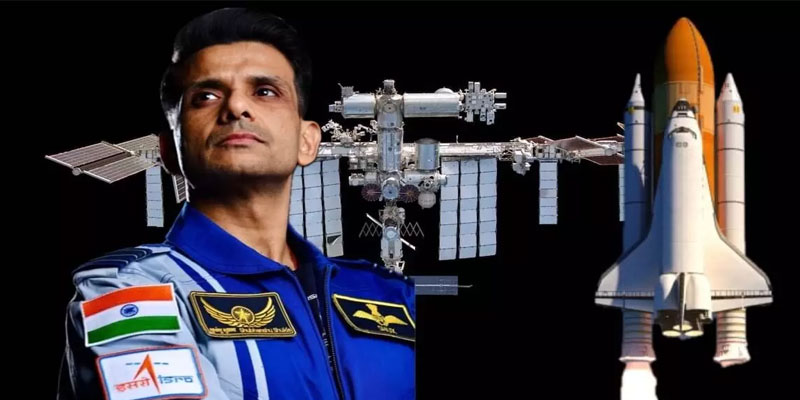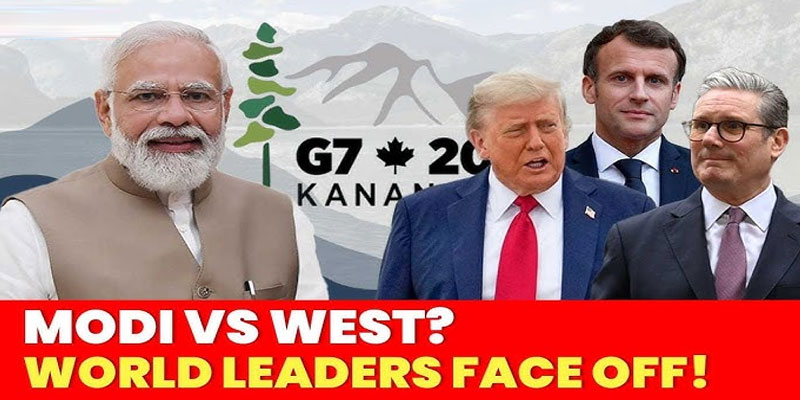A History of Tense Relations
India and Pakistan have shared a complex and often hostile relationship since their independence in 1947. Marked by wars, diplomatic breakdowns, and territorial disputes, particularly over Kashmir, their ties have fluctuated between attempts at peace and heightened tensions. The abrogation of Article 370 by India in 2019 further strained relations, leading Pakistan to sever diplomatic ties and halt trade with India.
In recent years, external geopolitical influences, particularly from the United States, have played a role in shaping South Asia's diplomatic landscape. With Donald Trump returning to the US presidency, questions arise: is his hard-line stance on Pakistan and closer ties with India forcing Islamabad to reconsider its position on normalizing relations with New Delhi?
Pakistan’s Newfound Peace Overture: A Strategic Move?
Pakistan’s Prime Minister Shehbaz Sharif recently stated that Islamabad is ready to resolve all outstanding issues, including Kashmir, through dialogue with India. This statement, made on the occasion of Kashmir Solidarity Day, signals a significant shift from Pakistan’s previous rigid stance. But what is driving this sudden change?
- Trump’s Influence and US-Pakistan Relations
- China’s Diminishing Support: A Diplomatic Setback
- The Afghanistan Factor: A Two-Front Dilemma
- The Lahore Declaration (1999) – Signed by then-Indian PM Atal Bihari Vajpayee and Pakistan’s Nawaz Sharif, it aimed at building mutual trust. However, it was soon followed by the Kargil War.
- Agra Summit (2001) – Aimed at resolving disputes, but collapsed due to disagreements on cross-border terrorism.
- Composite Dialogue Process (2004-2008) – Showed promise, but was derailed by the 2008 Mumbai attacks.
- The Ufa Agreement (2015) – A bilateral statement between PM Narendra Modi and Nawaz Sharif, which soon collapsed due to Pakistan’s reluctance to discuss terrorism as a priority issue.


